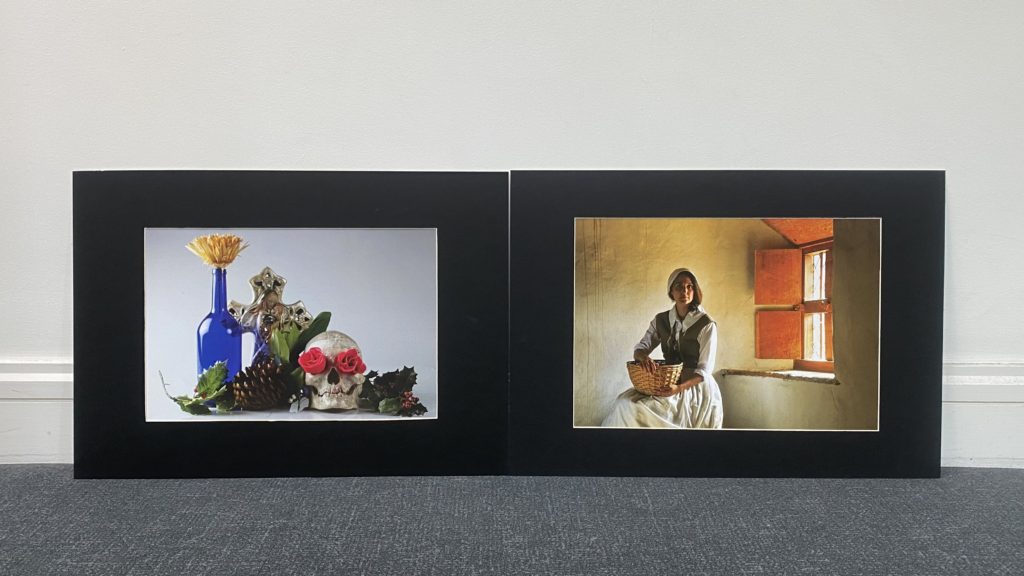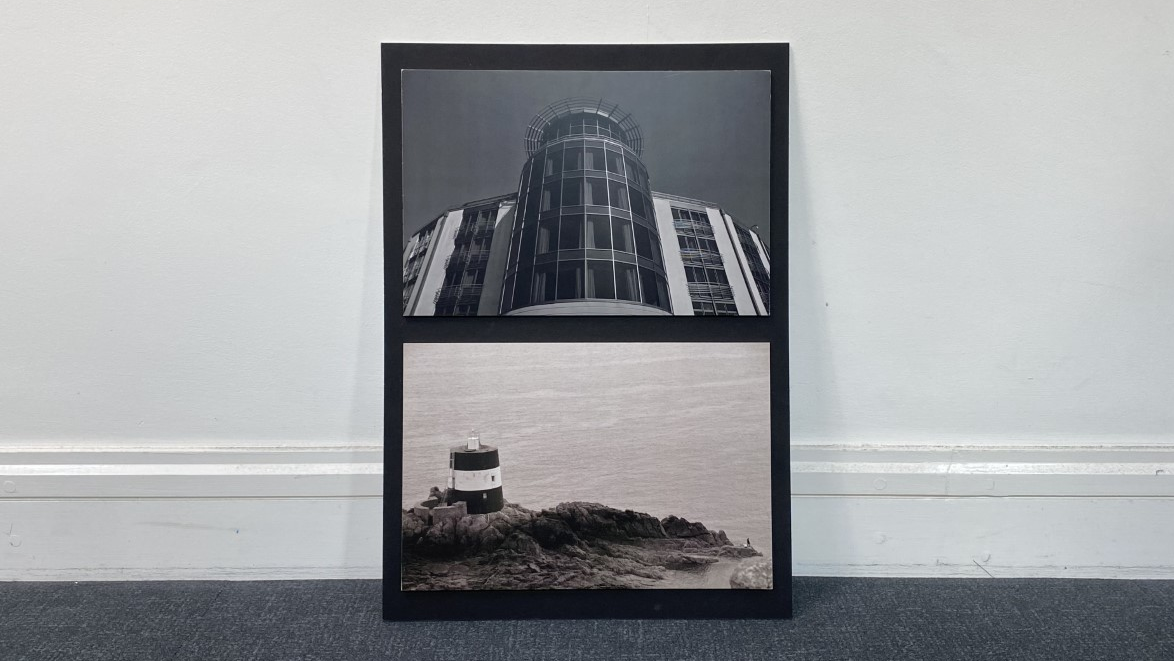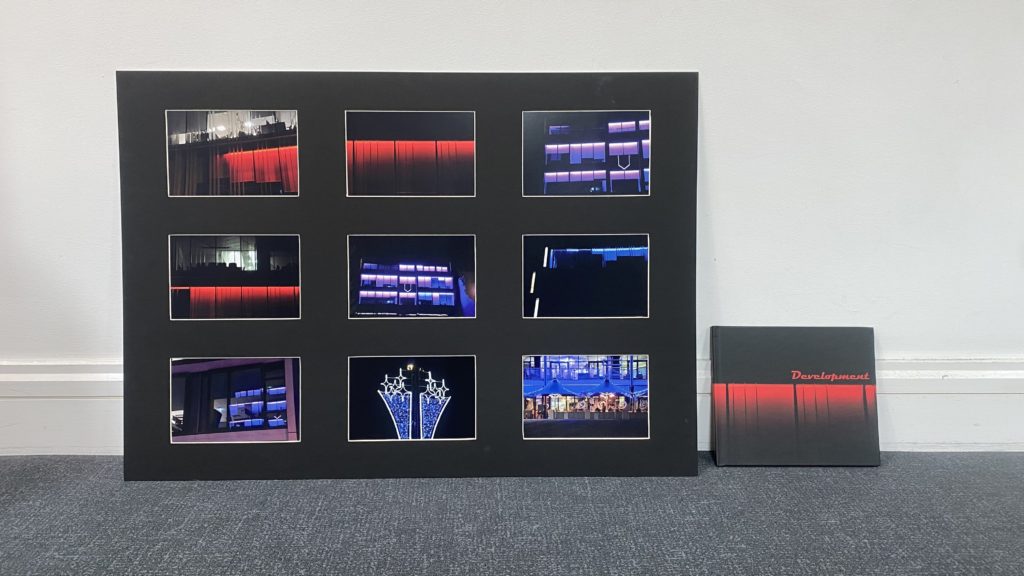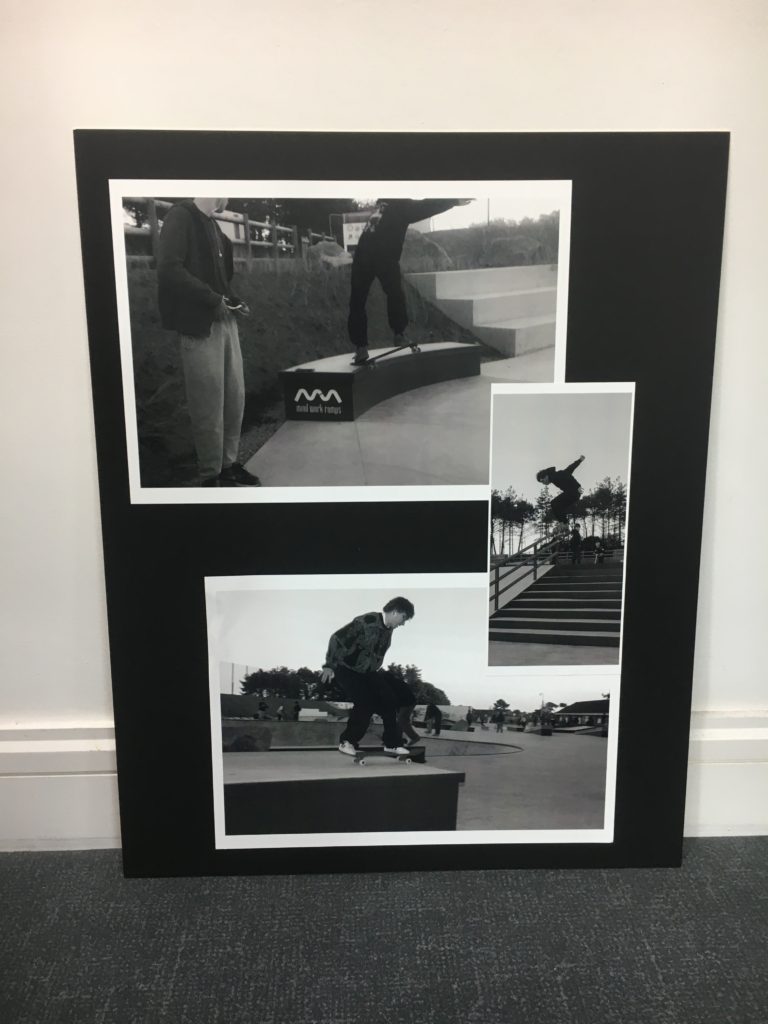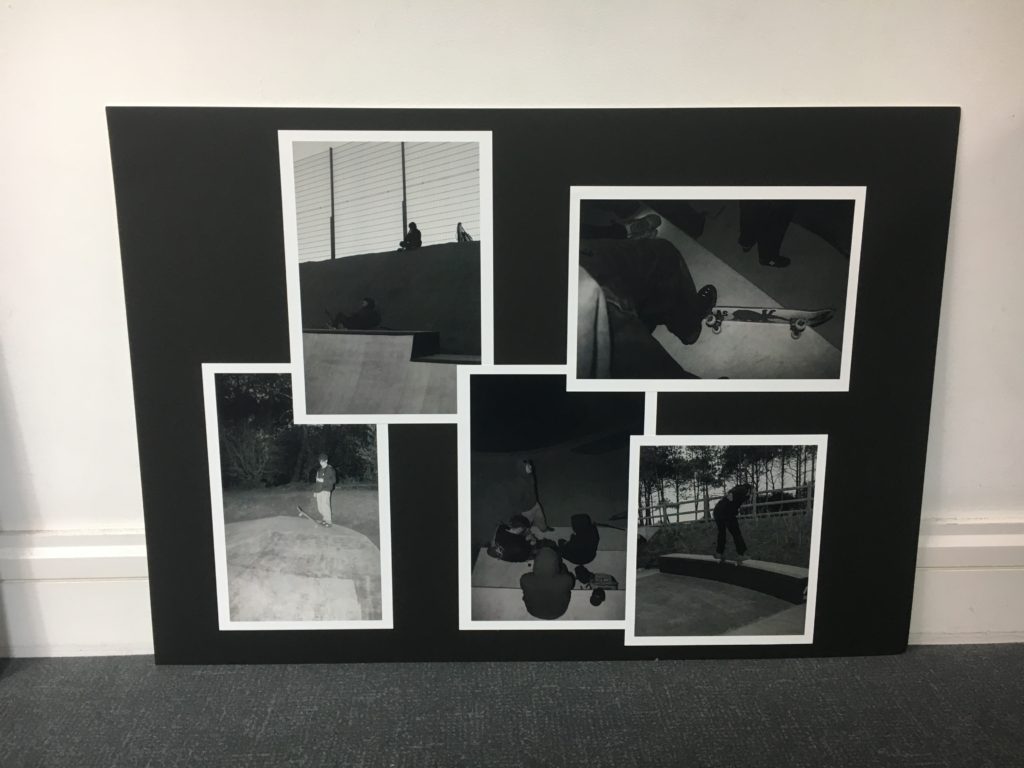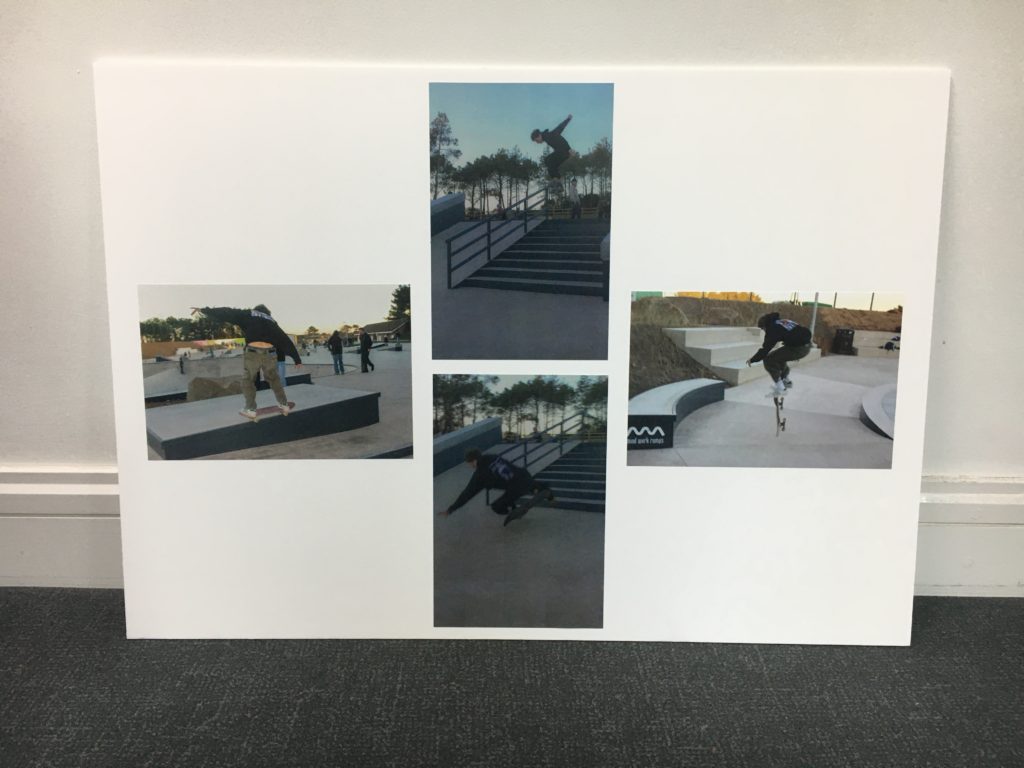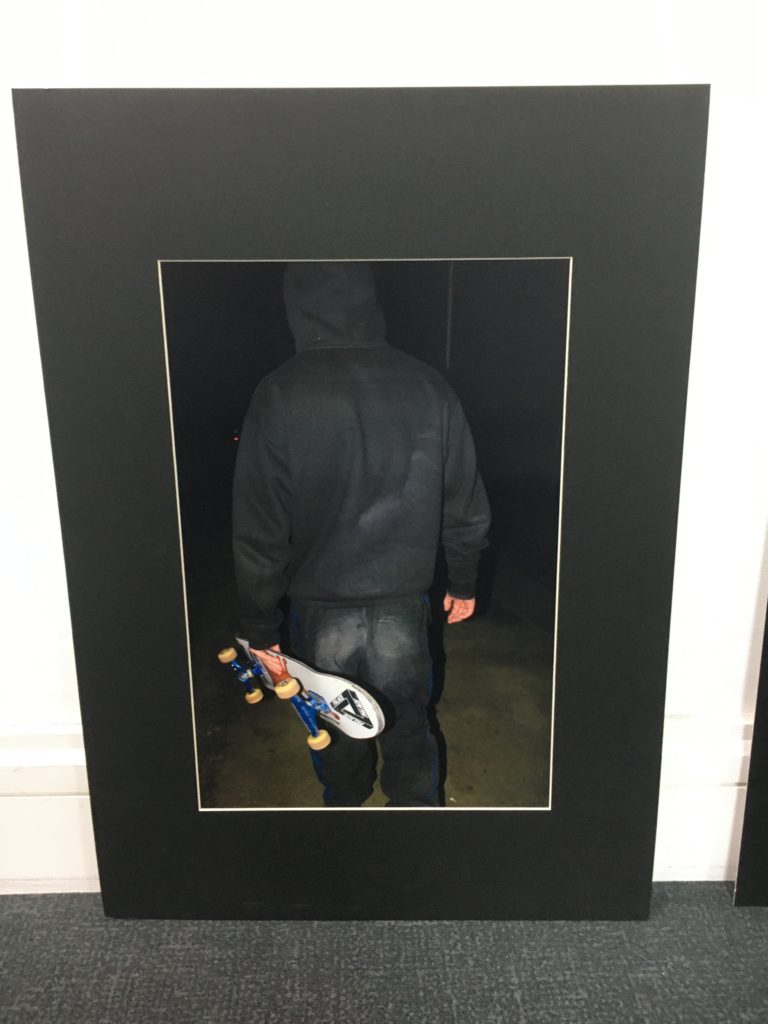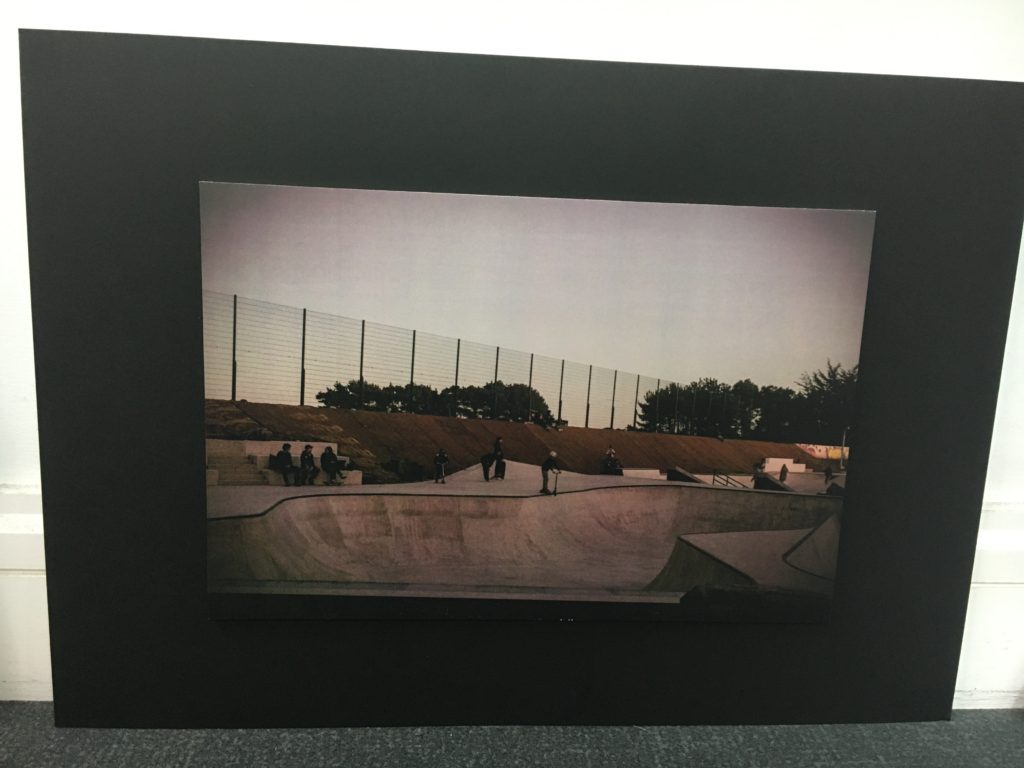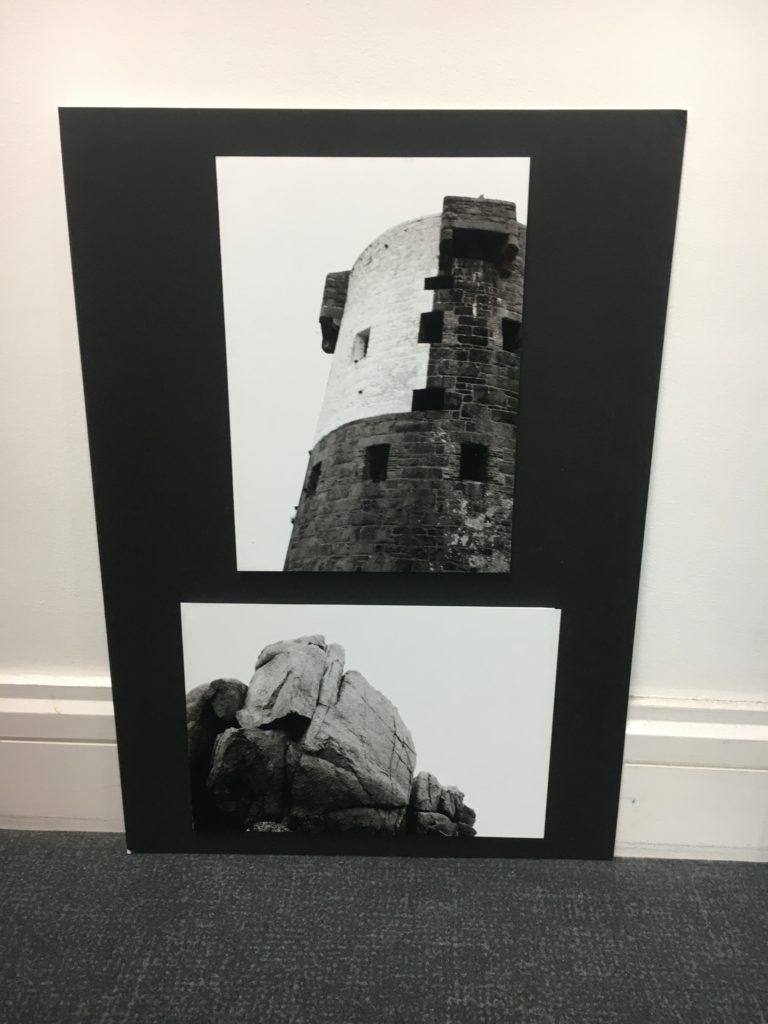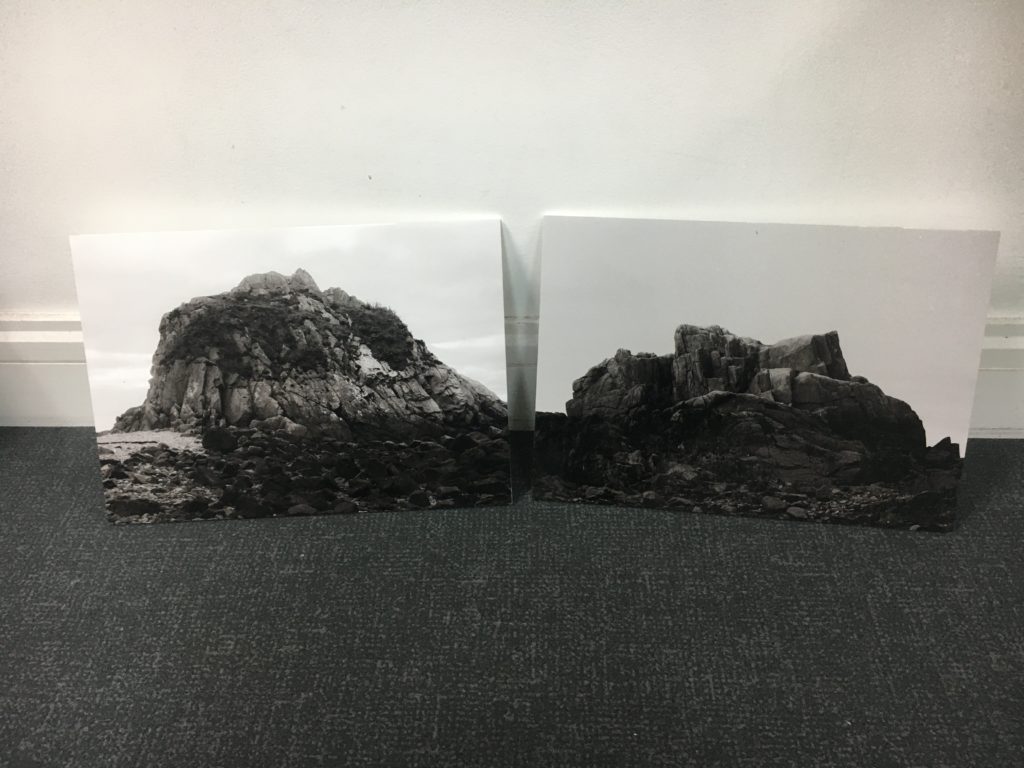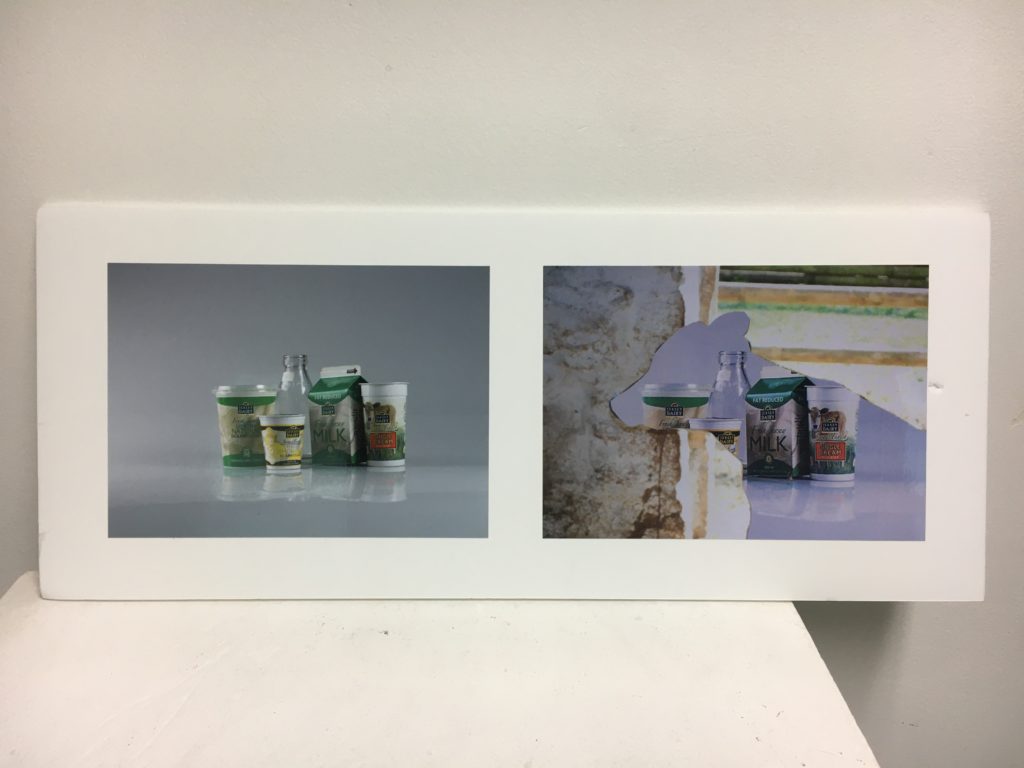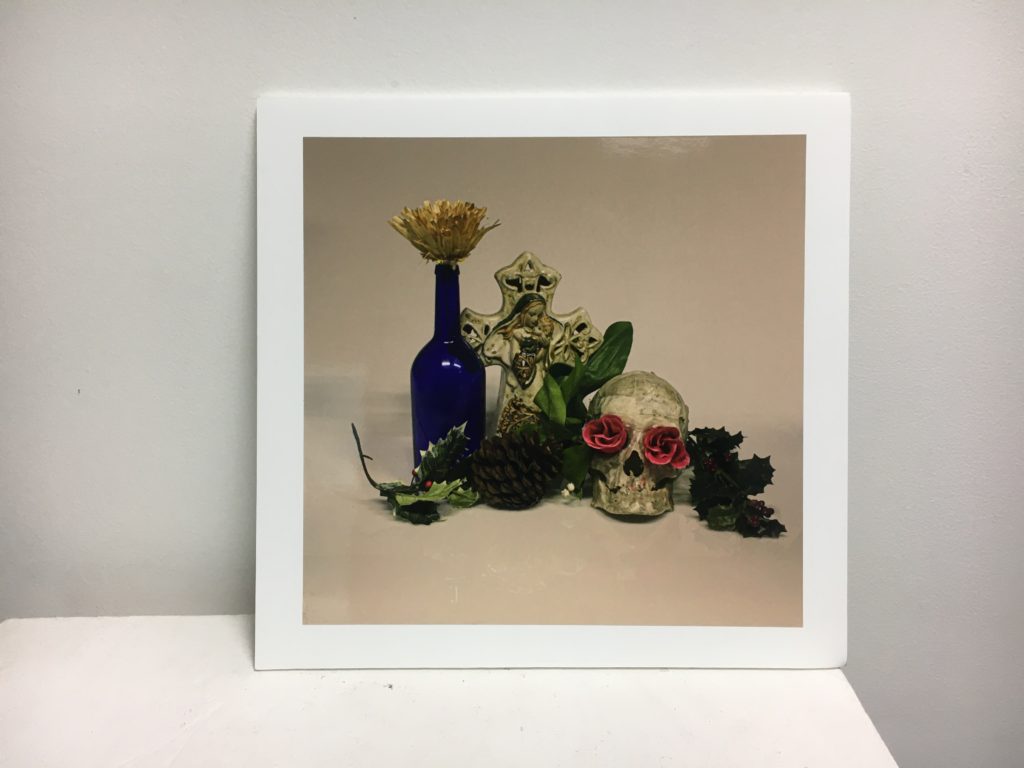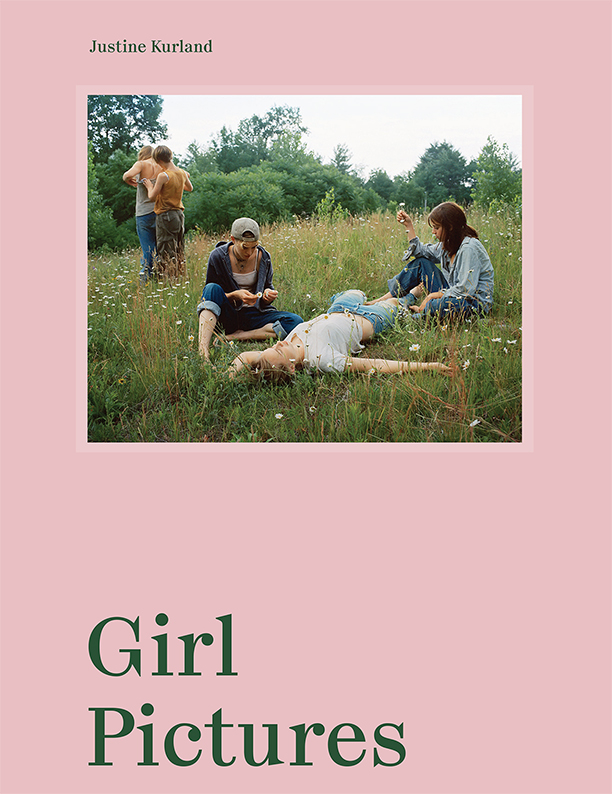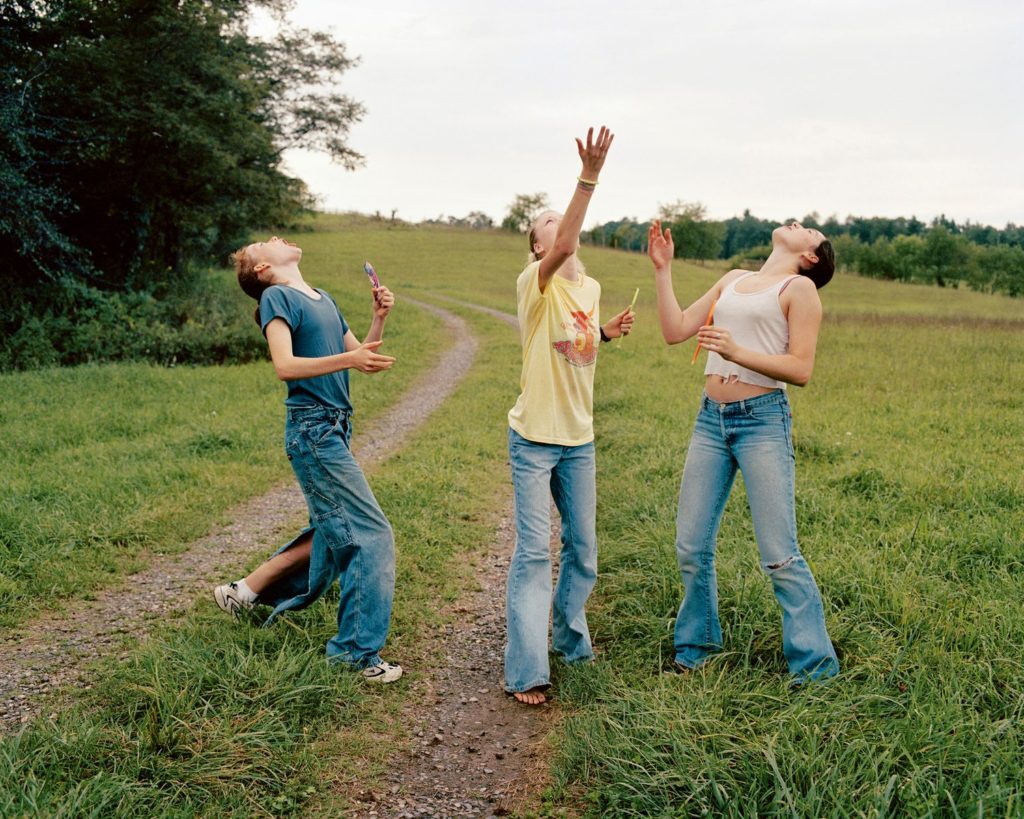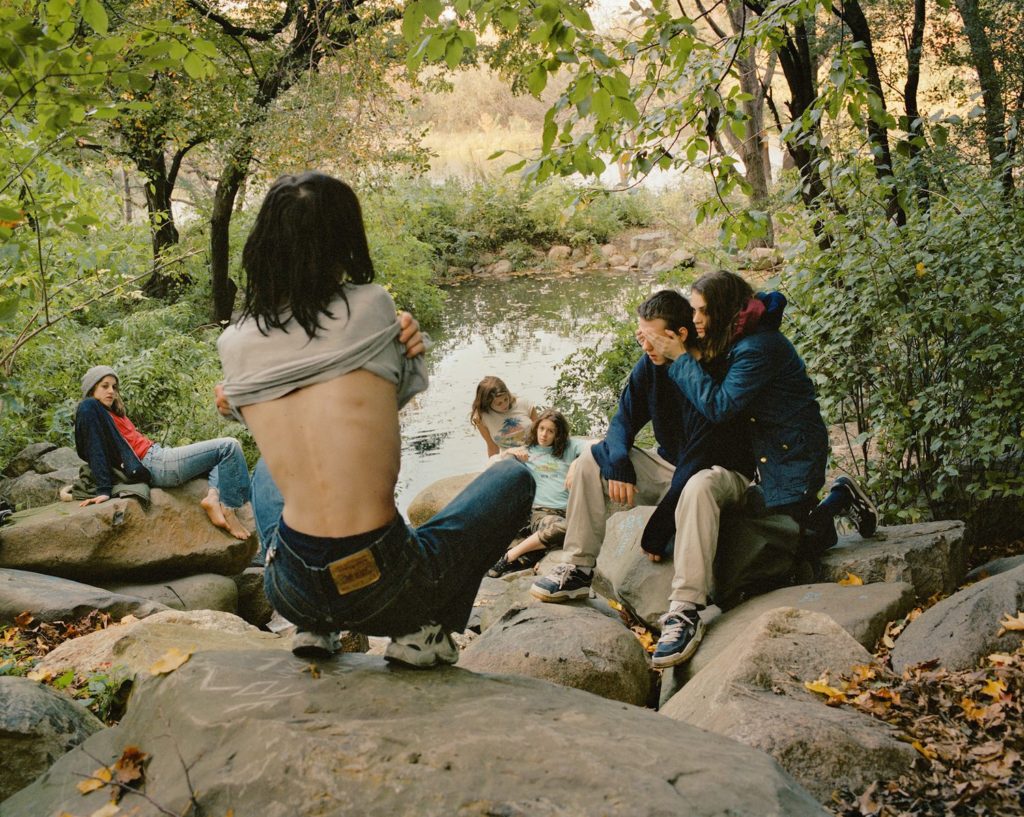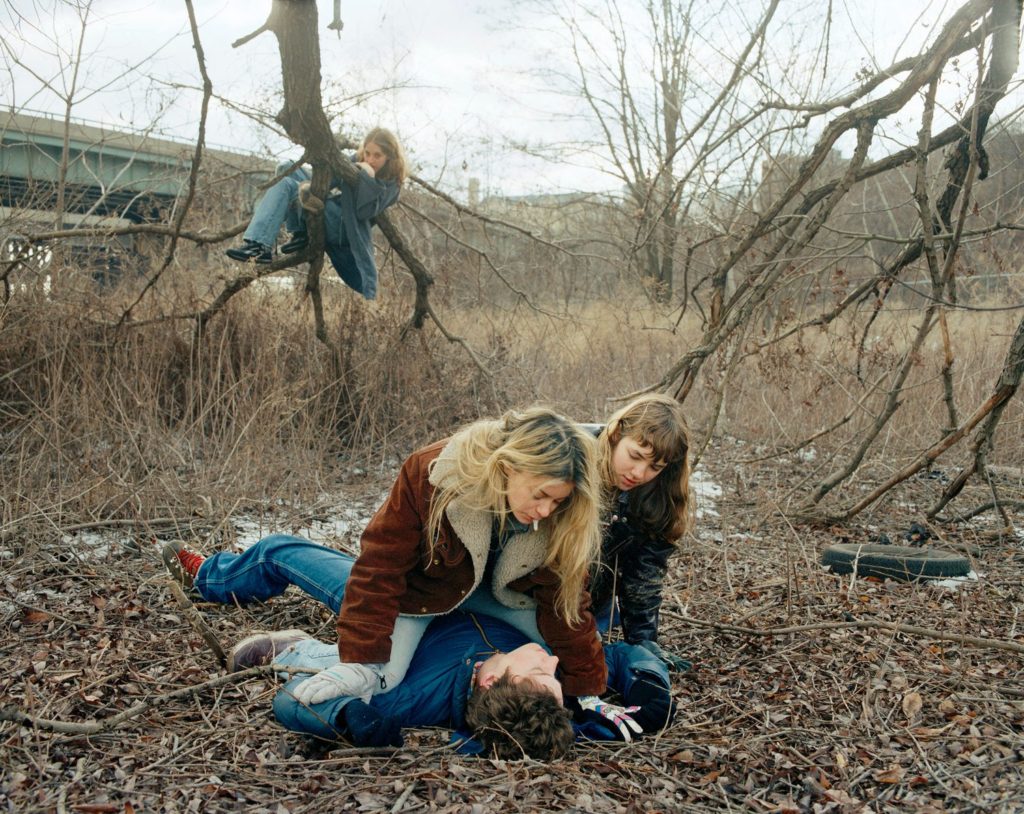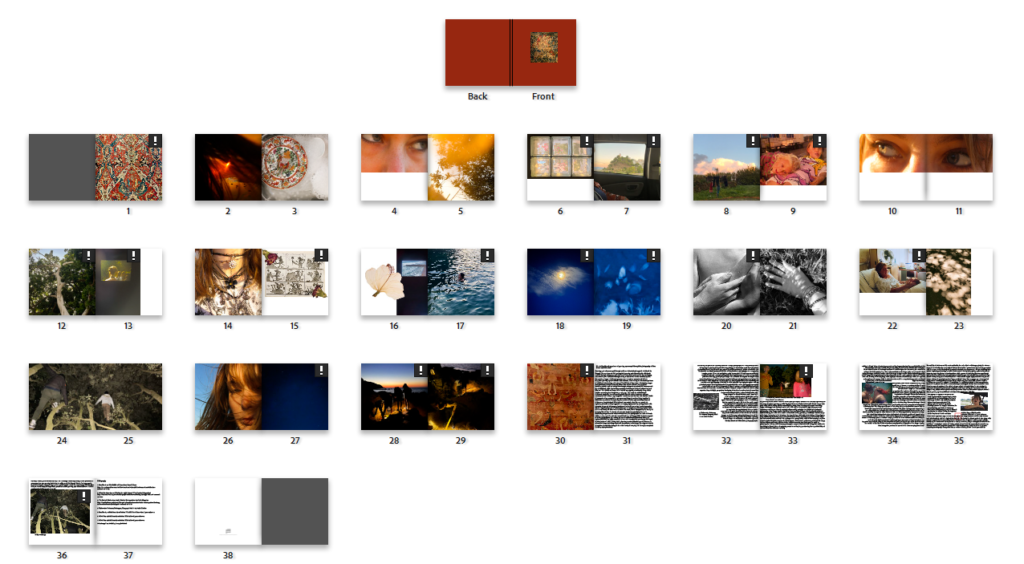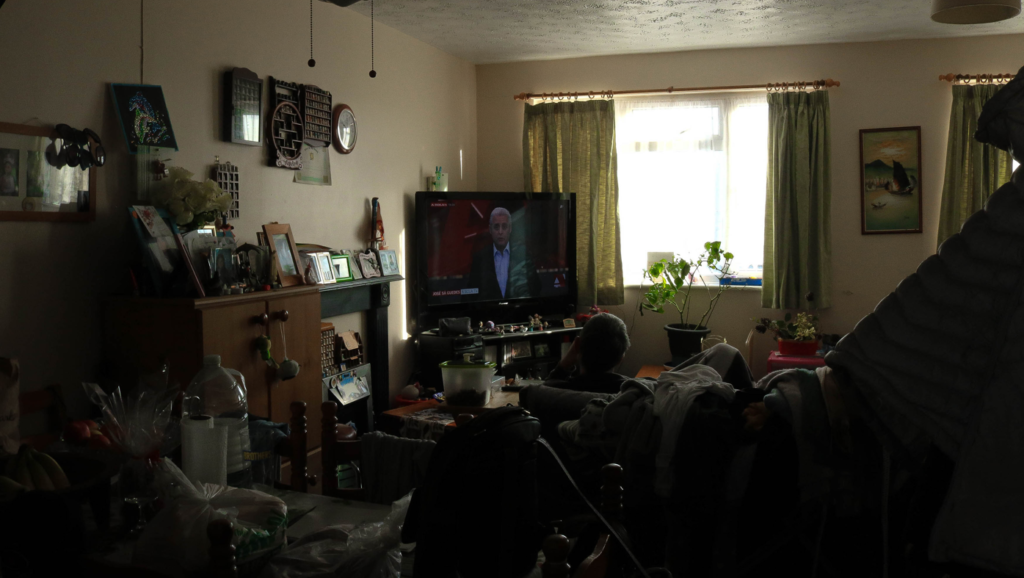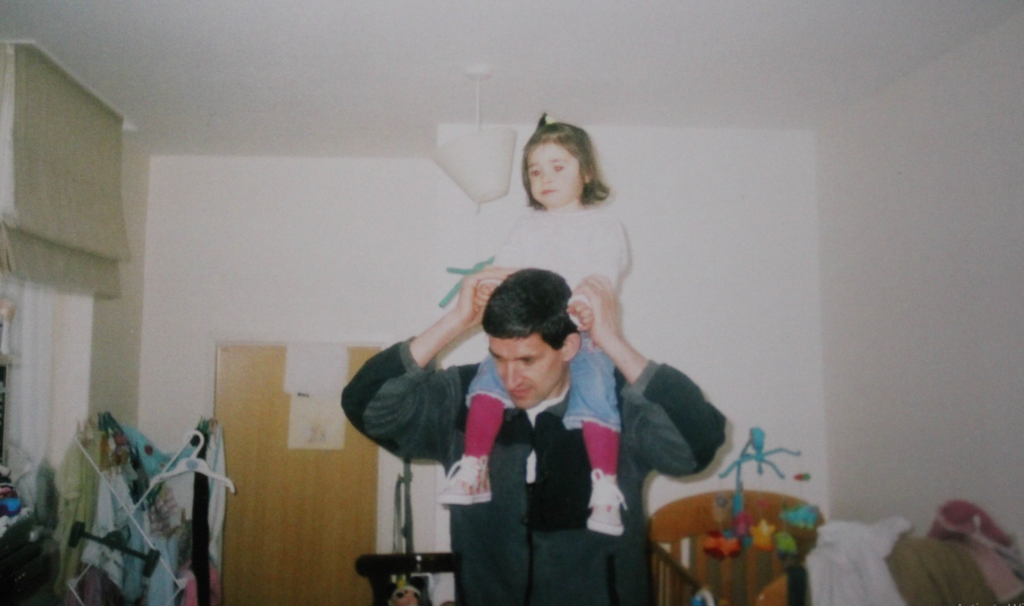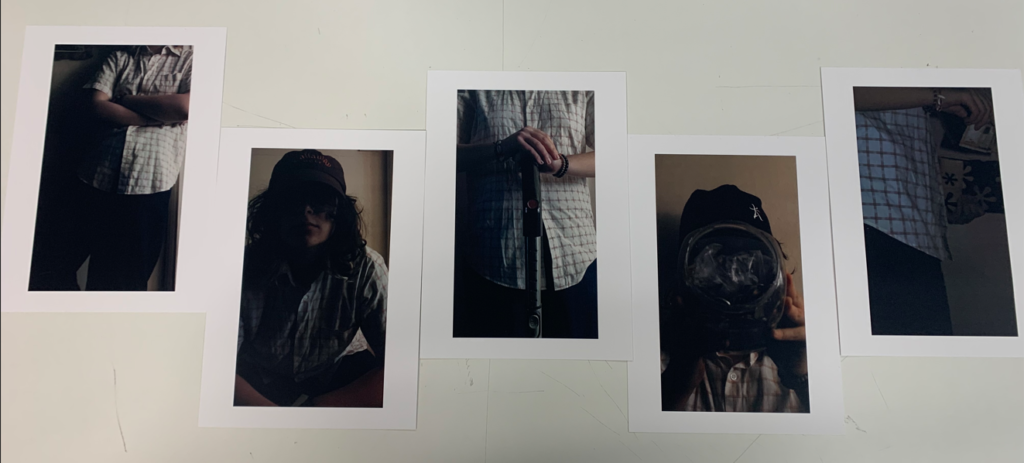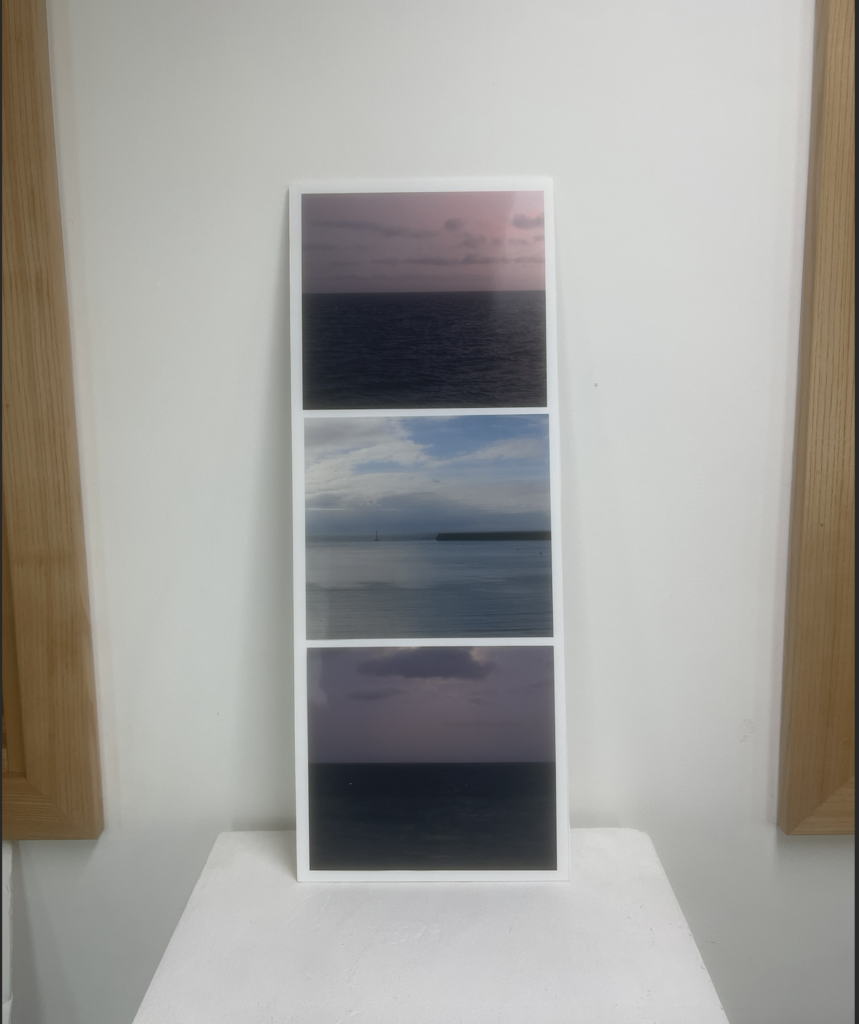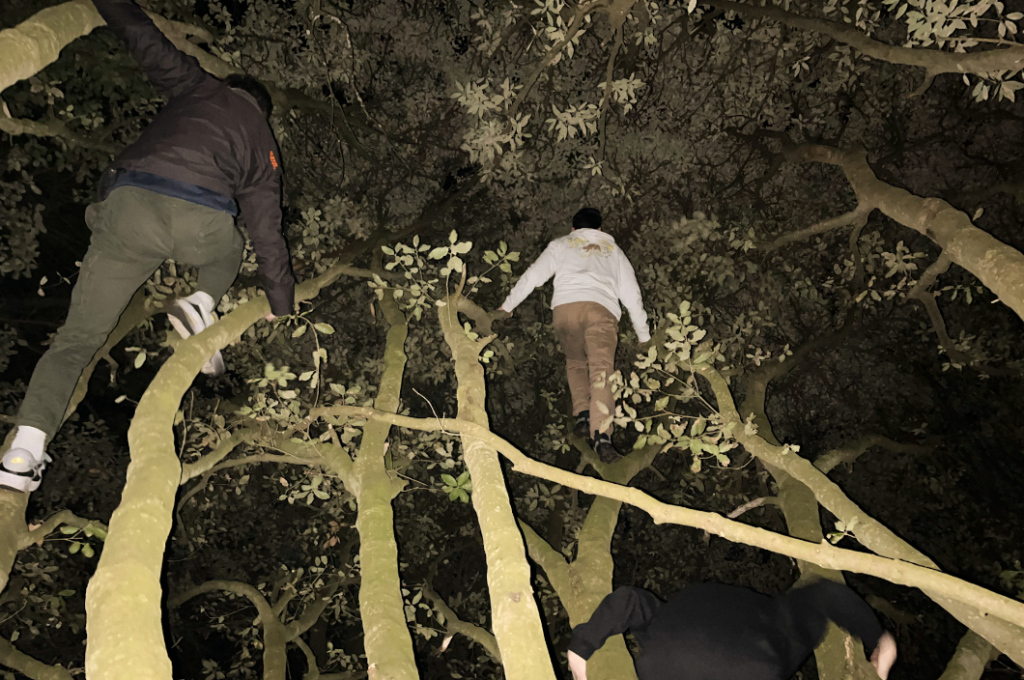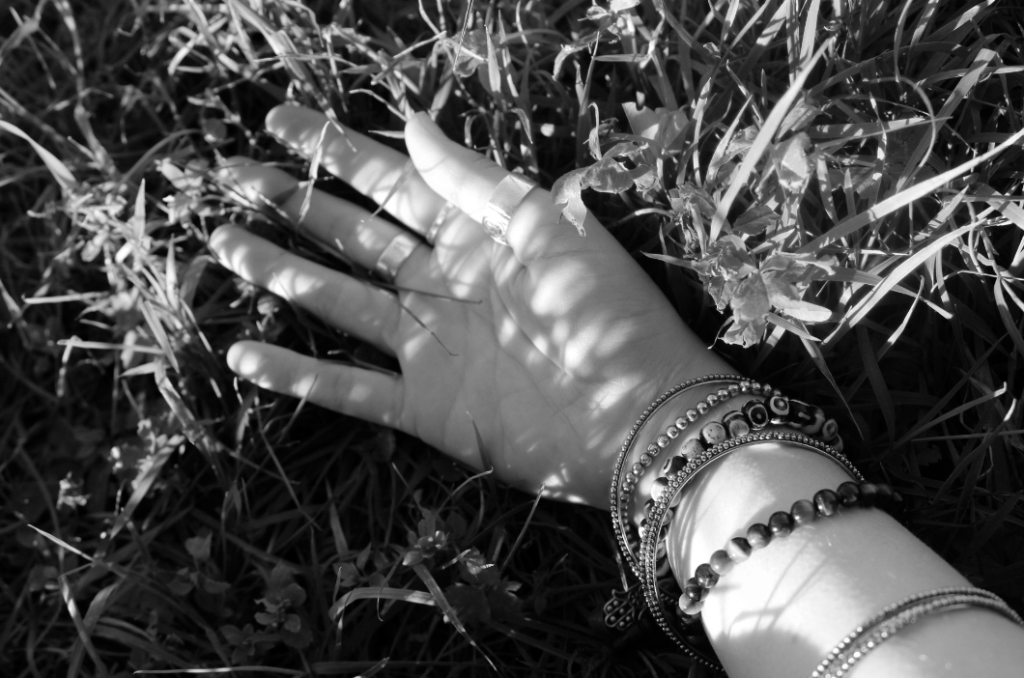Use this simplified list to check that you are on task. Every item on the list represents one piece of work = one blog post. It is your responsibility as an A-level student to make sure that you complete and publish appropriate blog posts each week.
Final outcomes & Deadlines:
Essay (2000 words): Mon 30 Jan 2023
Photobook / Film / Prints: Last day of Mock Exam WED 8 FEB
SUMMER TERM
WEEK 9: 9-13 Nov
1. REVIEW & REFLECTION: overview of past projects
WEEK 10: 14-20 Nov
1. RESEARCH: ‘islandness’ – produce mindmap & moodboard
2. HOMEWORK: Jersey – a Crown Dependency
Deadline: Wed 23 Nov
WEEK 11: 21-27 Nov
1. Statement of Intent
2. Artists References – case-study 1
3. HOMEWORK: Contextual Studies 1: Conversations on Photography
Deadline: Wed 30 Nov
Week 12: 28 Nov – 4 Dec
1. Artists References – case-study 2
2. HOMEWORK: Photoshoot 1 – plan and record response to initial ideas/ artists studies
Deadline: Wed 7 Dec
Week 13: 5 – 11 Dec
1. Art movements and isms: write 500 words + illustrations
2. HOMEWORK: Response to art movements and isms
Deadline: wed 14 Dec.
Week 14-15: 12 – 16 Dec
1. Literary Sources – select 3-5 key texts
2. Essay Question – formulate 2-3 variations of hypothesis
3. Essay Plan – define each paragraph
4. Practice: Plan at least 3 photoshoots over Xmas in response to your project. what, why, how, when, where?
XMAS Break: 17 Dec – 5 Jan
1. RECORDING: Produce a number of photographic response to your Personal Study and bring images from new photo-shoots to lessons in January.
2. READING: Key texts (interviews, reviews, articles etc.) about your subject, photo-history and chosen artists in preparation of writing your essay in January.
Week 16-17: 5 – 15 Jan
1. Essay: Introduction
2. Essay: Paragraph 1
3. Practice: Edit photoshoots and evaluate
Week 18: 16 – 22 Jan
1. Essay: Paragraph 2 & 3
2a: Photobook: Select book and deconstruct narrative, concept and design
2b: Film: Select film and deconstruct narrative, editing and sound
Week 19 – 20: 23 Jan – 3 Feb
1. Essay: Conclusion, bibliography, proof-read
DEADLINE: Hand in draft Mon 30 Jan
2a: Photobook: Write a book specification; narrative, concept and design
3b: Photobook: Moodboard and create Blurb account
2b: Film: Storyboarding; narrative, visuals and sound
3b: Film: Moodboard and begin editing
Week 21: 6 – 8 Feb MOCK EXAM
1. Essay: Publish final essay with illustrations and a bibliography
2a: Photobook: Complete design and include essay in Blurb
2b: Film: Complete editing film, export and embed on blog
3. Print: Select a set of 5-6 final prints for mounting
4. Blog: Review and complete all supporting blogposts
5. Statement: write 100-200 words and save in folder





